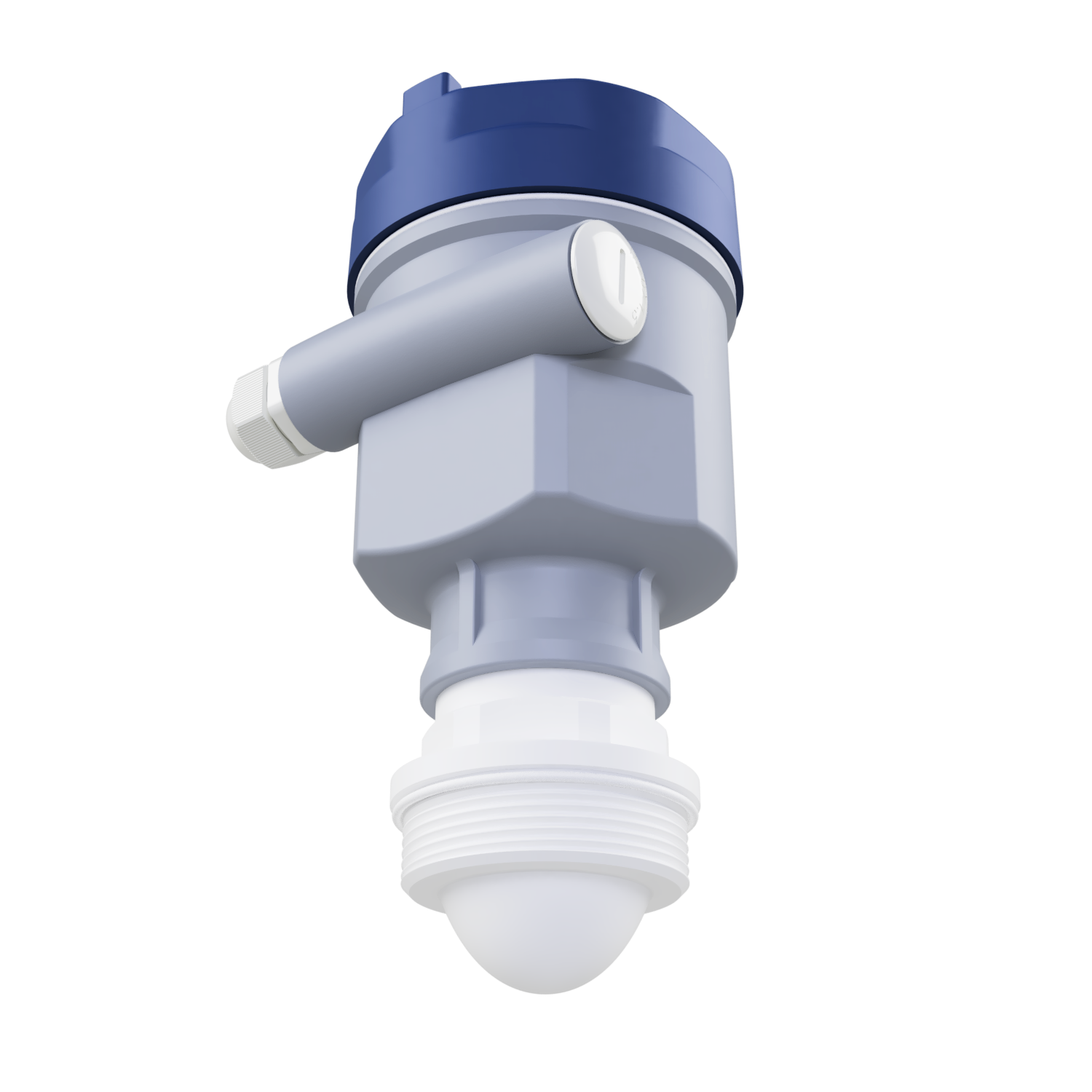Straight Talk About Radar Tank Level Sensors

Radar tank level sensors measure the level of liquids or solids in a container using radio waves.
All types of radar level sensors operate on the same basic premise. The sensor sends out a radio wave that travels through the air and lands on the surface of the liquid or solid being measured. The radio wave is reflected back to the sensor in part, while the remainder is absorbed by the material.
The sensor measures the time it takes for a radio signal to travel to and from the surface. The round-trip time, also known as the time-of-flight, is used to compute the distance to the surface using the speed of light. The sensor can determine the level of the chemical based on this distance.
There are various varieties of radar level sensors, each of which measures the level of a material using a slightly different technique.
1: Pulse radar sensors send out a short burst of radio waves known as a pulse and time how long it takes for the pulse to return. Based on the round-trip time of the pulse, the sensor determines the distance to the surface.
2: Rather than emitting a pulse, continuous wave radar sensors transmit a continuous stream of radio waves. The phase change of the wave when it bounces off the surface of the substance being monitored is measured by the sensor. The distance to the surface is calculated using the phase shift.
3: Frequency modulated continuous wave (FMCW) radar sensors, like continuous wave radar sensors, emit a continuous wave of radio waves, but the frequency of the wave is modulated, or modified, over time. To compute the distance to the surface, the sensor measures the difference between the transmitted and received frequencies.
Radar level sensors are used in a wide variety of applications, including measuring the level of liquids in tanks, detecting the level of solids in silos and bins, and even measuring the depth of water in reservoirs or rivers. They are reliable and accurate, and they can work in a variety of challenging environments, including those with dust, vapors, or other contaminants that can interfere with other types of sensors.
Learn more about level sensors
Please contact us to discuss your application


